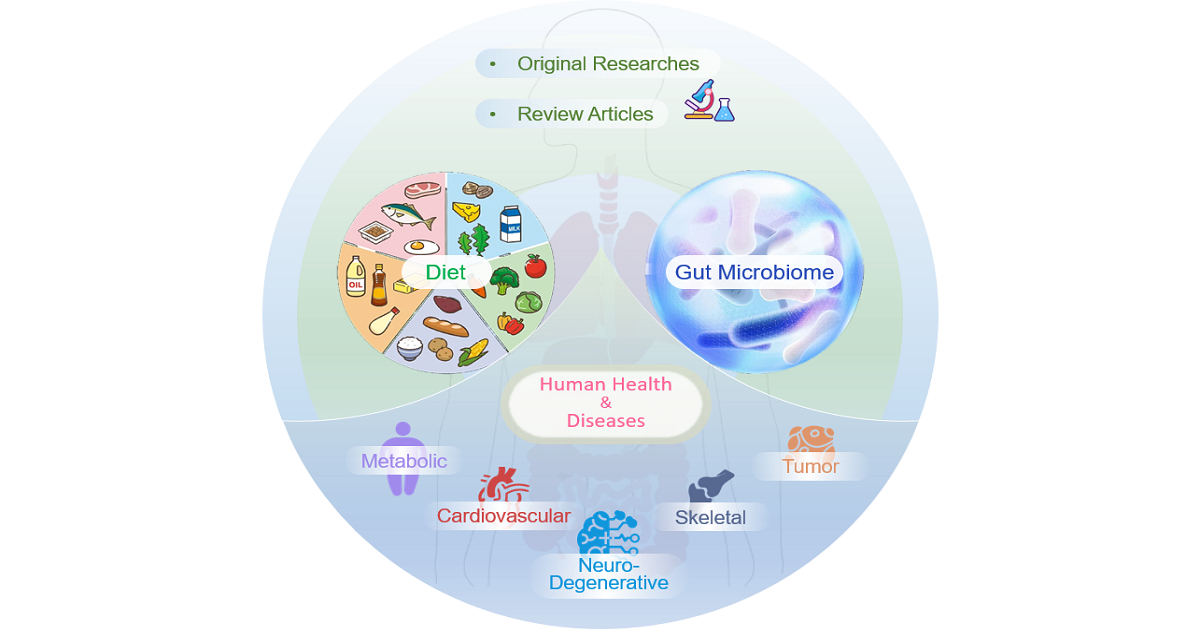Dietary Habit, Gut Microbiome and Human Health
A special issue of Nutrients (ISSN 2072-6643). This special issue belongs to the section "Prebiotics and Probiotics".
Deadline for manuscript submissions: 25 October 2024 | Viewed by 10560

Special Issue Editor
Special Issue Information
Dear Colleagues,
As a complex and dynamically changing ecosystem, the human gut microbiome evolves with the host and participates in metabolism, immunity, and neurological function. The influence of dietary habits on the composition of the gut microbiome is undoubtedly significant. A large number of studies have focused on the role of changes in the structure and function of the gut microbiome in the pathogenesis of various diseases, such as metabolic diseases, neurodegenerative diseases, cardiovascular and cerebrovascular diseases, and tumors. It also provides ideas for the prevention and treatment of related diseases from the perspective of the gut microbiome and its derivatives.
This Special Issue will bring together a series of articles on the relationship between diet, the gut microbiome and human health and will provide new perspectives on the association between the gut microbiome and human health. We encourage and welcome authors to submit their original research on these topics, and we look forward to valuable comments and suggestions from experts in various fields.
Dr. Xi Wang
Guest Editor
Manuscript Submission Information
Manuscripts should be submitted online at www.mdpi.com by registering and logging in to this website. Once you are registered, click here to go to the submission form. Manuscripts can be submitted until the deadline. All submissions that pass pre-check are peer-reviewed. Accepted papers will be published continuously in the journal (as soon as accepted) and will be listed together on the special issue website. Research articles, review articles as well as short communications are invited. For planned papers, a title and short abstract (about 100 words) can be sent to the Editorial Office for announcement on this website.
Submitted manuscripts should not have been published previously, nor be under consideration for publication elsewhere (except conference proceedings papers). All manuscripts are thoroughly refereed through a single-blind peer-review process. A guide for authors and other relevant information for submission of manuscripts is available on the Instructions for Authors page. Nutrients is an international peer-reviewed open access semimonthly journal published by MDPI.
Please visit the Instructions for Authors page before submitting a manuscript. The Article Processing Charge (APC) for publication in this open access journal is 2900 CHF (Swiss Francs). Submitted papers should be well formatted and use good English. Authors may use MDPI's English editing service prior to publication or during author revisions.
Keywords
- gut microbiome
- dietary habit
- therapeutic targets
- mechanisms of disease
- human health






